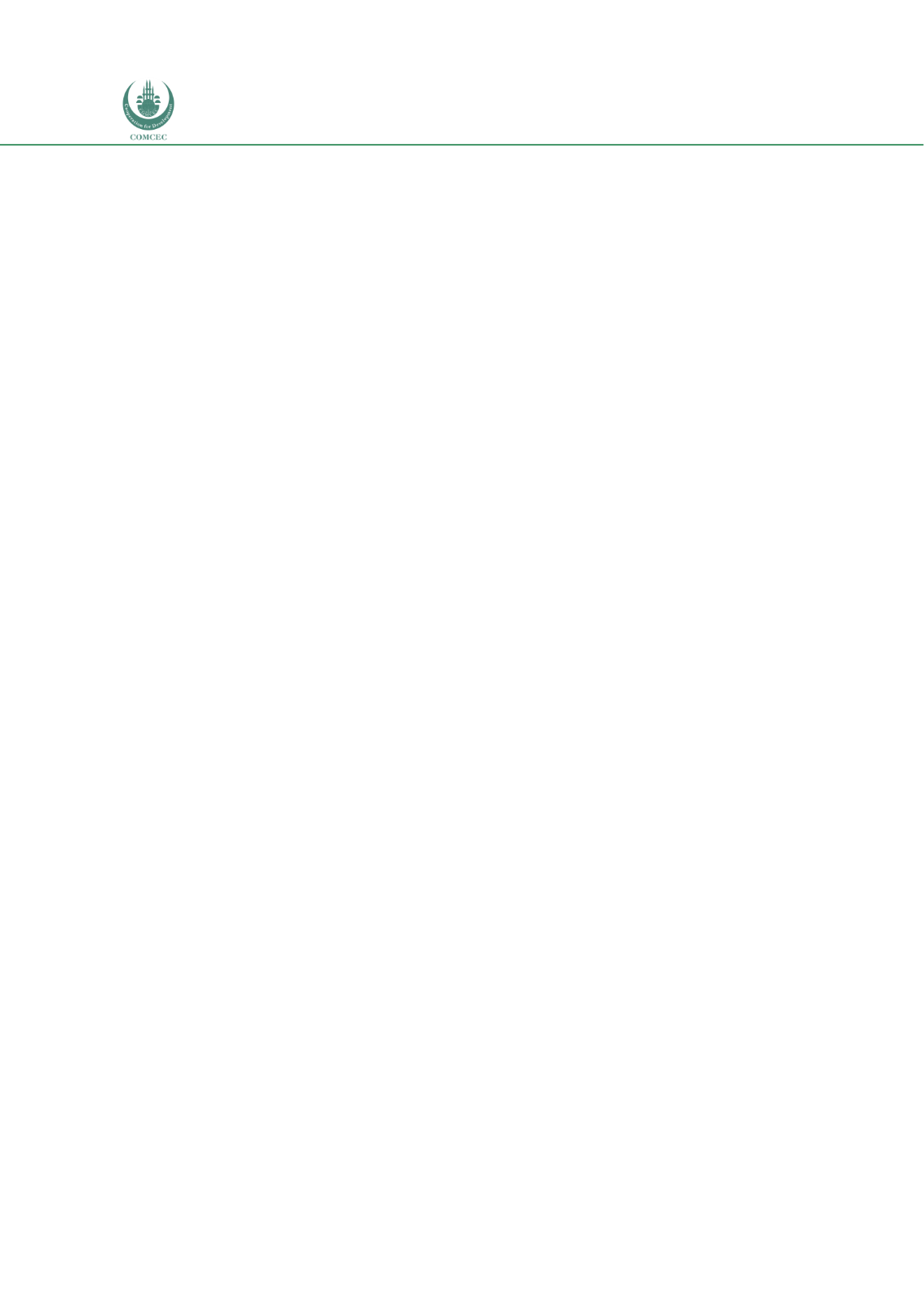

Infrastructure Financing through Islamic
Finance in the Islamic Countries
108
The Centre for International Climate and Environmental Research-Oslo (CICERO) certified the
Tadau sukuk with its highest rating of ‘dark green’ (CICERO 2017). After the issuance of the
Green SRI Sukuk Tadau, other green sukuk were initiated in Malaysia that included a larger
RM1 billion Sukuk for a Quantum Solar Park.
4.2.6.
Conclusion and Recommendations
Malaysia has a relatively well-developed infrastructure and a mature financial market for
raising funds for infrastructure investments. Although specific laws related to PPP and
concessions appear to be lacking, the guidelines issued by the government have been adequate
for the successful generation of resources from the private sector for financing infrastructure
projects. An appealing feature of the funding of the infrastructure sector in Malaysia is the use
of domestic resources to finance its development. The nature of PPP in Malaysia takes a
different form with the GLCs playing an important role in not only providing infrastructure
services but also generating significant resources to finance the projects. Investments by GLICs
take the form of either providing equity capital to infrastructure-related GLCs or investing in
sukuk issued by them. Some GLICs are involved in both Shariah-compliant financing and
conventional financing. Tabung Haji is a unique Shariah compliant organization that provides
long-term savings facilities to people for going to hajj (pilgrimage) and invests part of its funds
in the infrastructure sector.
Malaysia has instituted a sound legal and regulatory framework for Islamic finance which has
led to the robust growth of the industry. The experience shows that Islamic banks have
contributed only 4.4% of their assets in infrastructure projects. This is partly due to the
structure of the balance sheet of banks that have liquid liabilities, the financing limits that
banks have, and also due to higher capital requirements for investments with long-term
maturities. However, after the introduction of IFSA 2013 in Malaysia, Islamic banks were
required to separate deposit and investment accounts. The investment account holders bore
the risks of investments that are done in different projects. Since the capital requirements that
apply to assets do not apply to assets funded by the investment account, the latter can be
potentially used to finance infrastructure projects.
The bulk of the infrastructure financing is channelled through the capital markets in general
and sukuk issuances in particular. While most of the infrastructure-related sukuk are issued by
GLCs, private sector entities have also tapped in the sukuk market to finance infrastructure
projects. Malaysia has also been at the forefront of experimenting with innovative sukuk issues
that cater to social and sustainable development-related infrastructure segments. Examples of
these include the impact sukuk and green sukuk. Given the large size and robustness of the
sukuk market, various financial institutions invest in sukuk issued by infrastructure-based
projects and entities.
Although nonbank financial institutions such as insurance/takaful companies naturally invest
in sukuk, the Islamic banking sector also prefers to finance the infrastructure sector by
investing in these instruments rather than directly financing infrastructure projects. The
Islamic social sector has also been revitalized in some states and is used for providing social
infrastructure services such as health.
















